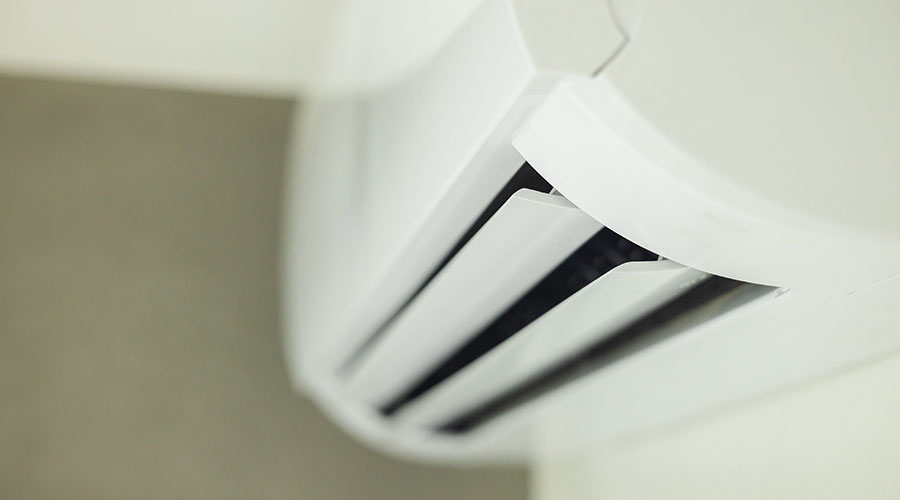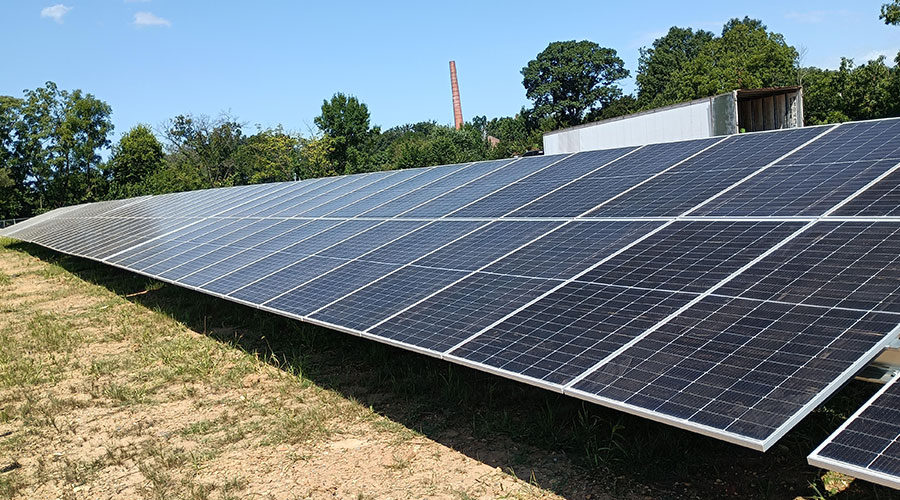How to Find the Right Path to Big Energy Savings
Even though every organization's path to deep energy savings is different, there are some common themes to finding the right path.
By Edward Sullivan, Editor
I have a lot of opportunities to learn from experts on the topic of planning energy upgrades. Lately, I’ve been listening for ideas about making deep cuts in energy use. It’s clear the best route to the greatest savings varies from one organization to the next. But there are some common themes for finding the right path.
One is that there are plenty of easy opportunities for small energy gains. Switch to LEDs in spaces that are lit 24/7. Involve occupants in energy-savings efforts like energy treasure hunts. Tweak occupancy sensor settings to reduce delays before lights go off. Look for more efficient options rather than replacing equipment in kind — for example, pay slightly more for a much more efficient rooftop unit or condensing gas water heater when the old equipment has to be replaced. Steps like these don’t cost very much — sometimes nothing. The savings from any individual project may not be dramatic, but many small gains can add up to a significant reduction.
For facility managers able to invest in measures beyond no- and low-cost improvements, benchmarking with Energy Star is a good way to find the best candidates for upgrades. Facility mangers may be reluctant to highlight the worst energy performers, but those buildings typically offer the best economic and environmental returns. Within those buildings, energy audits can pinpoint the systems that will provide the biggest savings.
Next, look at the calendar. When will that old chiller or boiler need to be replaced? What kind of shape is the roof in? Is a major renovation in the cards? The goal is to marry efficiency upgrades with projects that are in the capital plan. With that approach, the efficiency improvement represents a marginal cost, the difference between a standard unit and one with better energy performance, and so is easier to justify. To make the most of that strategy, look for ways to reduce the load on the HVAC system, and plan those projects in tandem with upgrades to the HVAC system. That way, the HVAC units can be rightsized for the new load, and any savings from smaller units can help pay for the entire project.
Even if the capital plan is of no help, bundling projects may aid in justifying improvements that wouldn’t win funding on their own. And of course it’s always worthwhile to watch for utility incentives.
Last but not least, be sure to track and report savings. The credibility gained from one successful project will help justify the next.
Tell me what you think at myfacilitiesnet.com/edsullivan
Related Topics:












